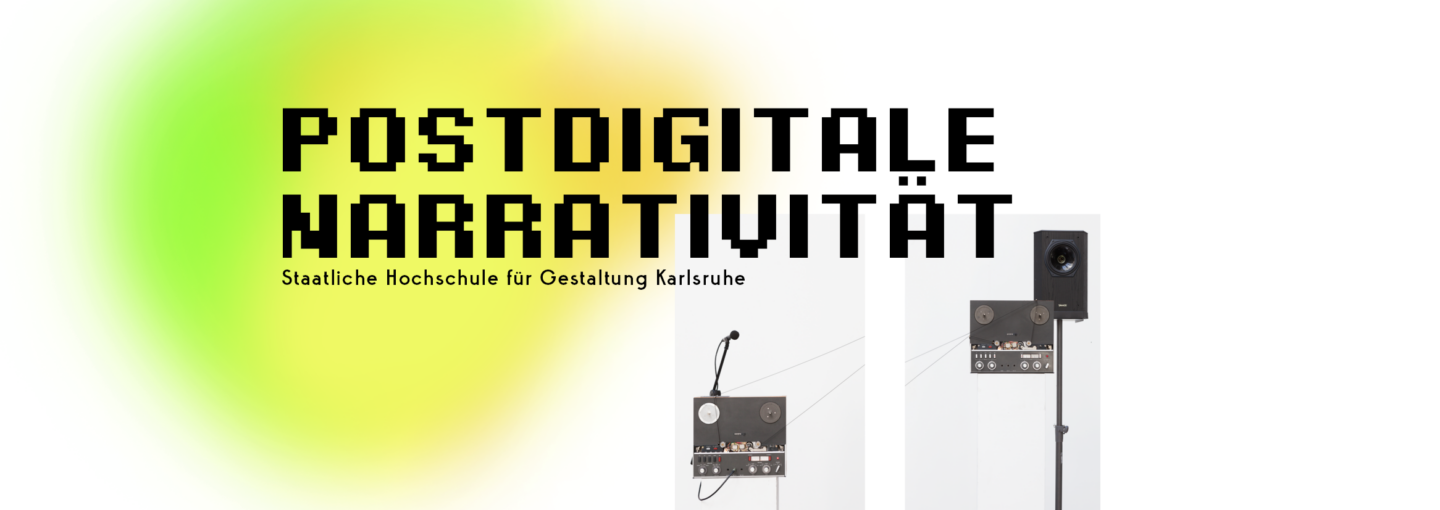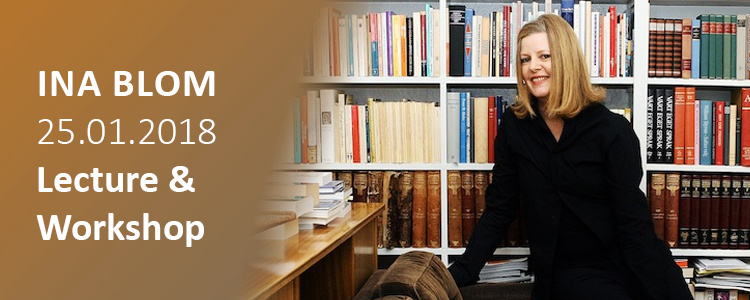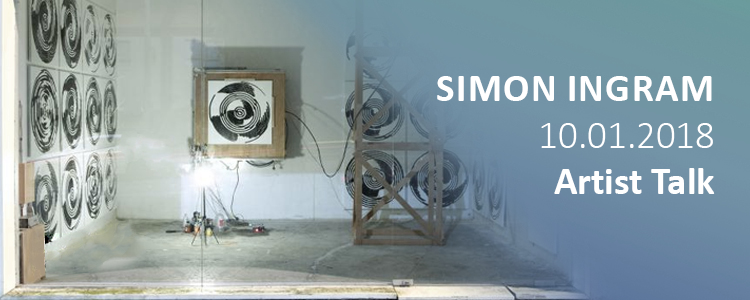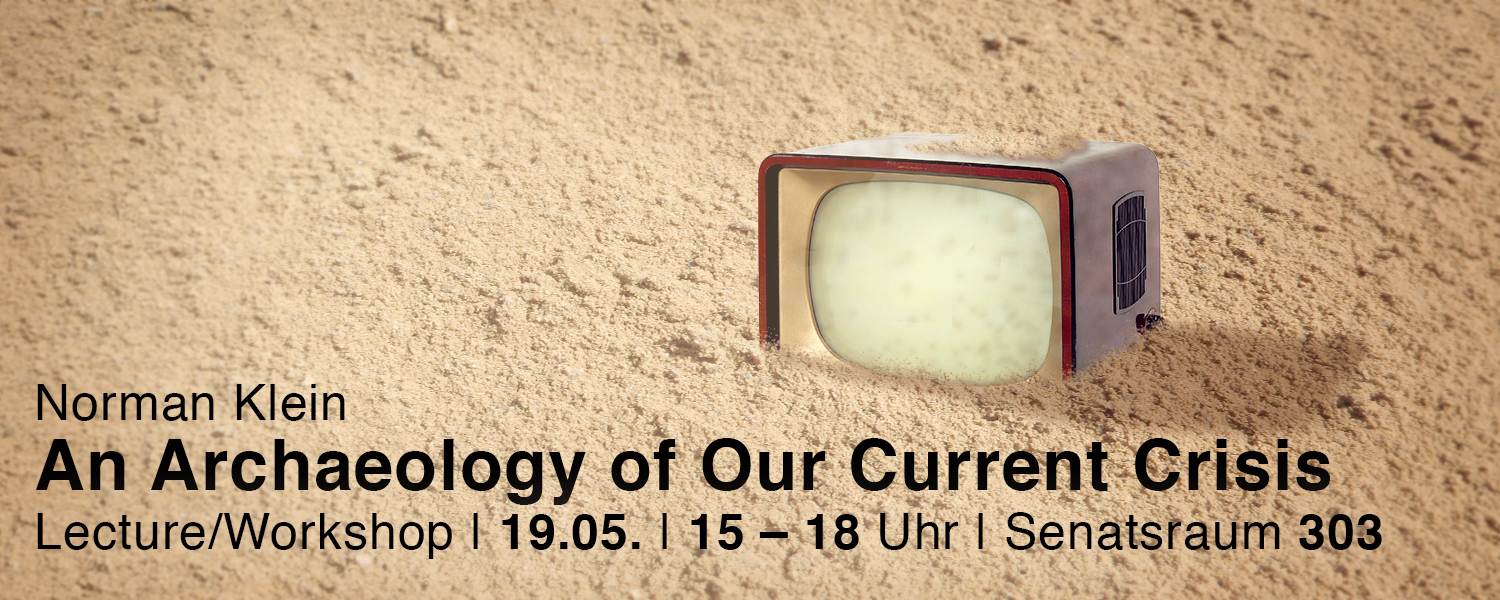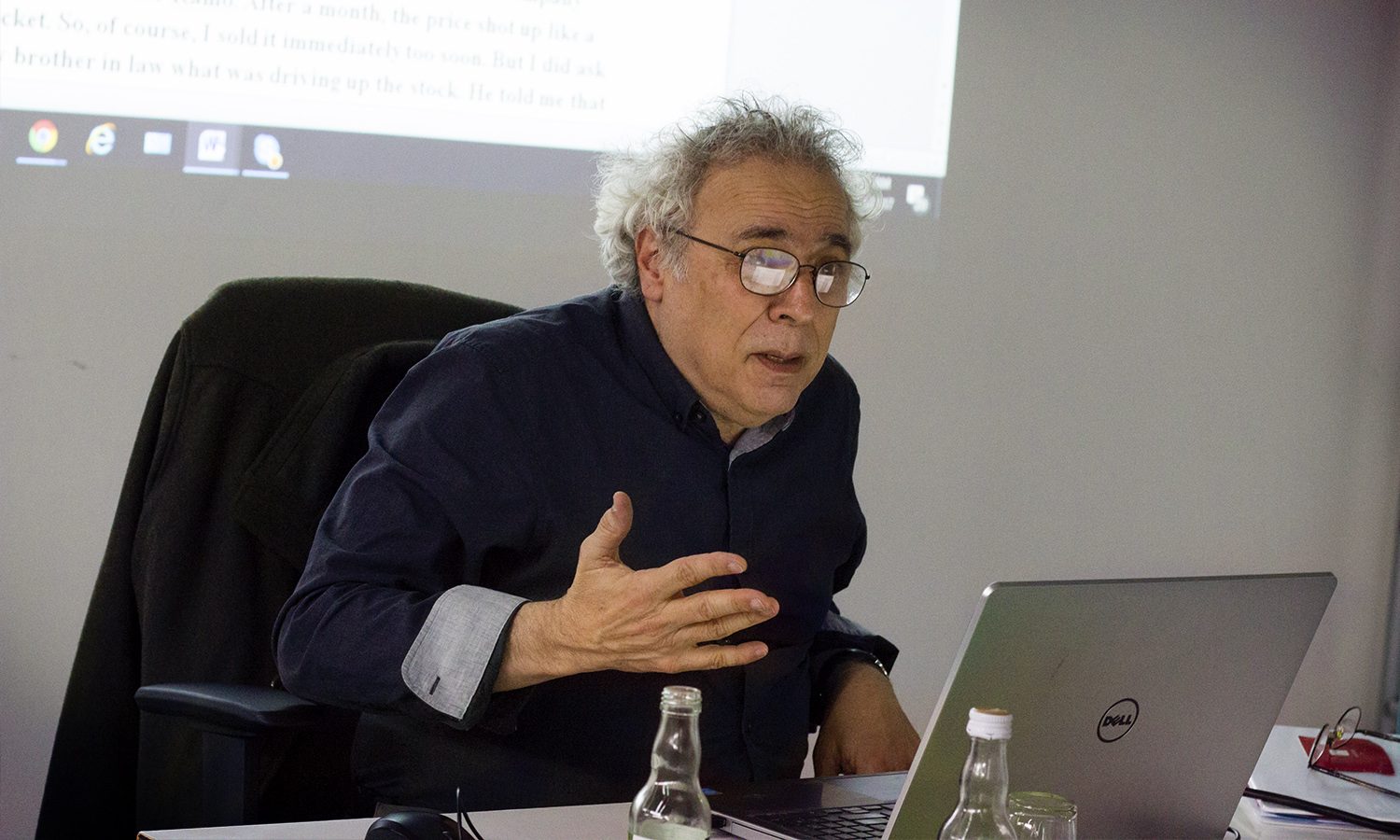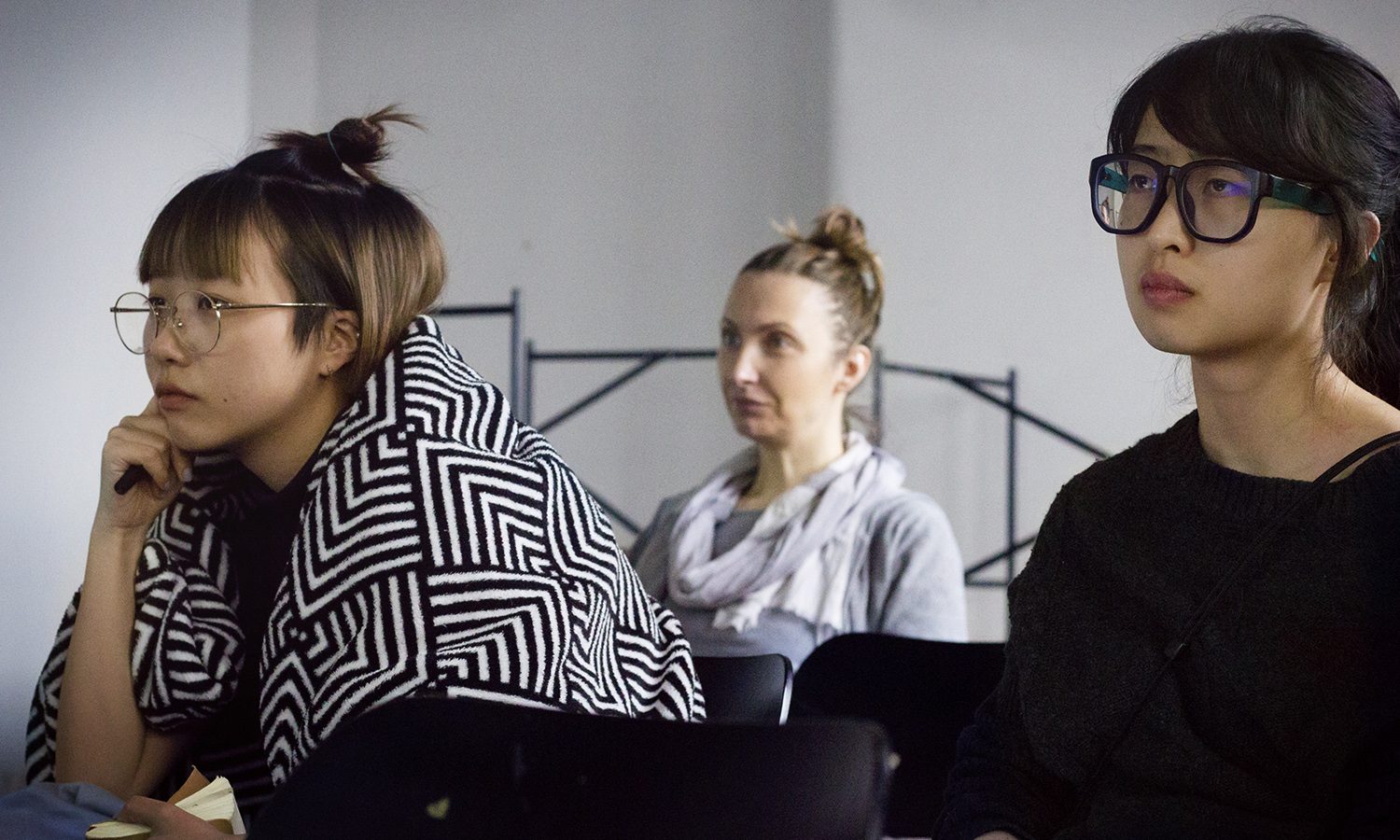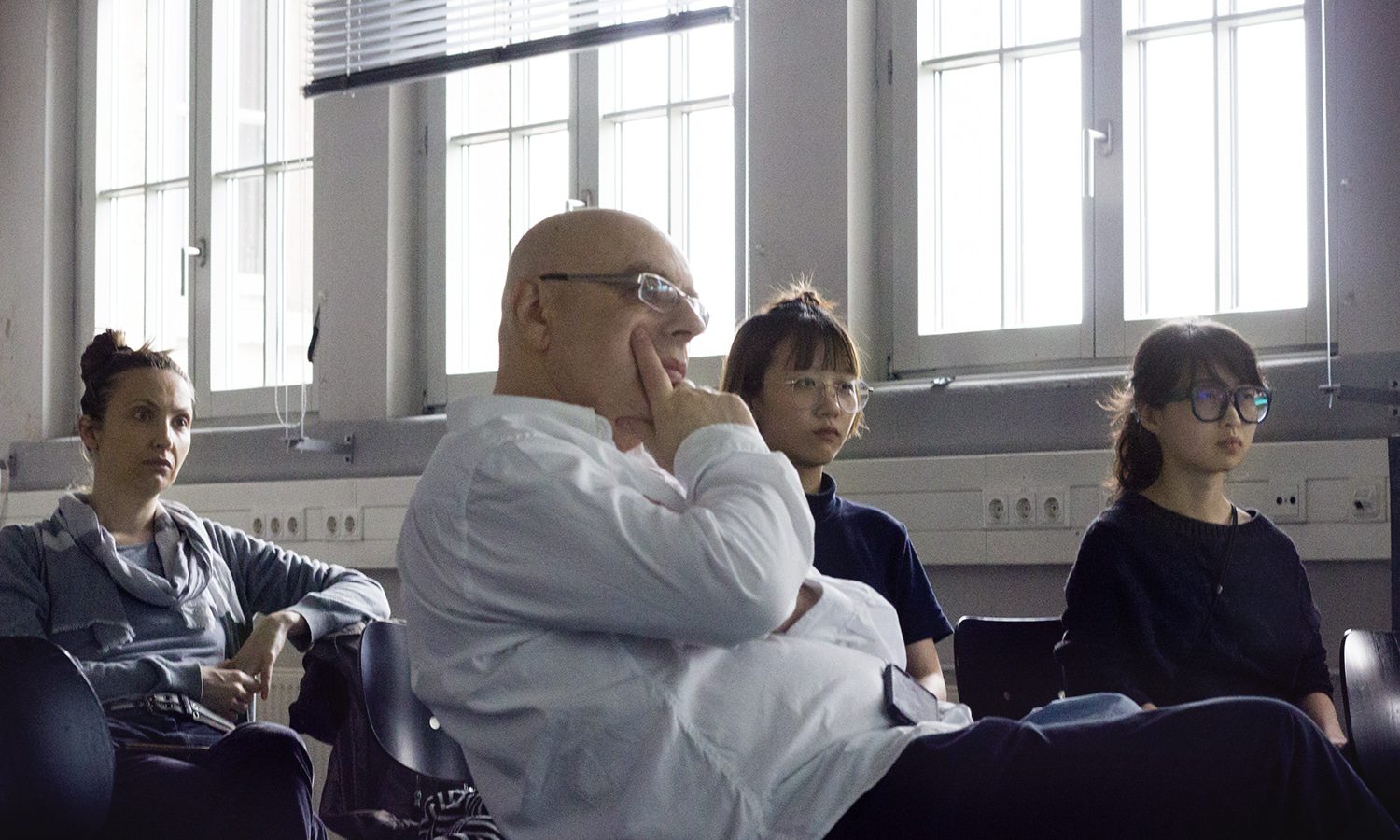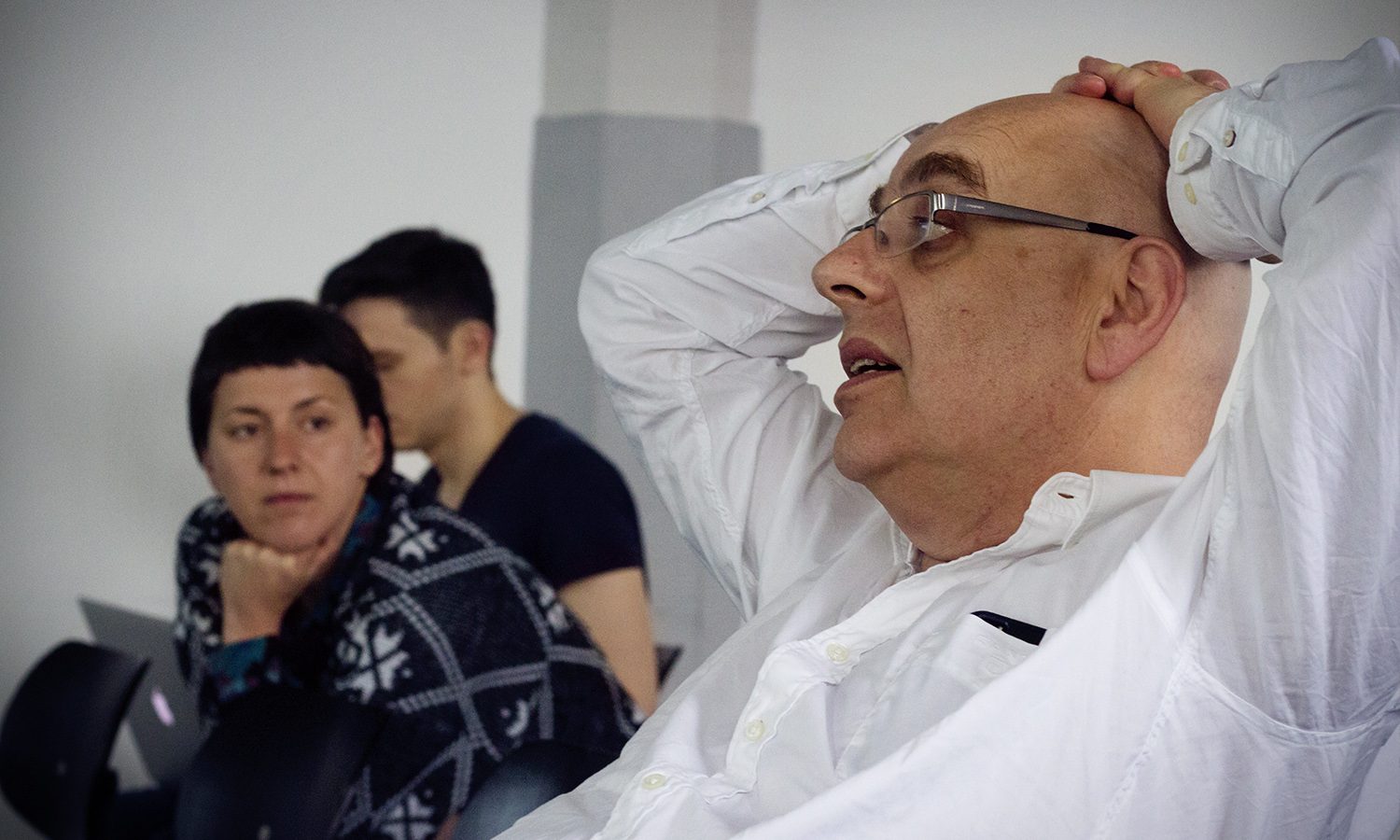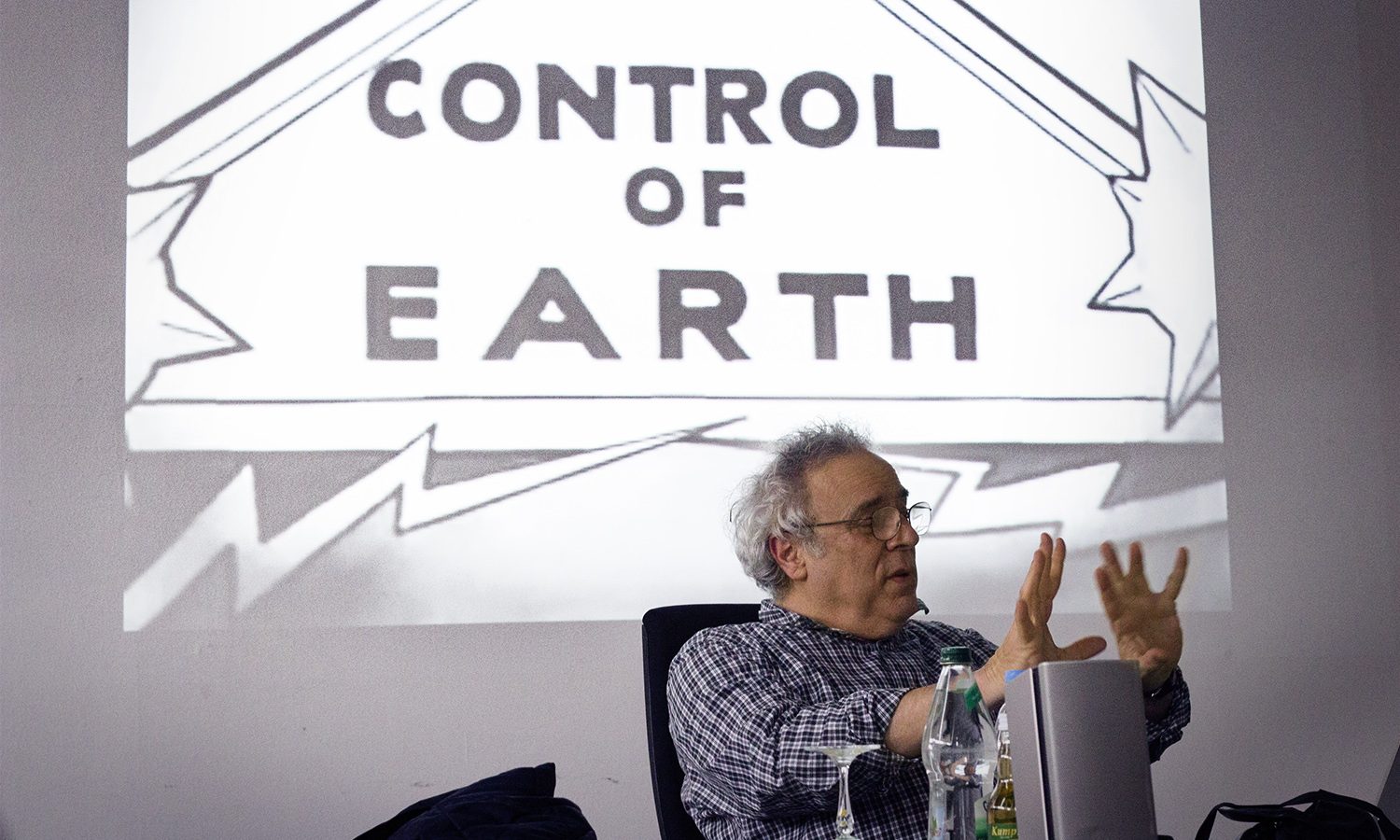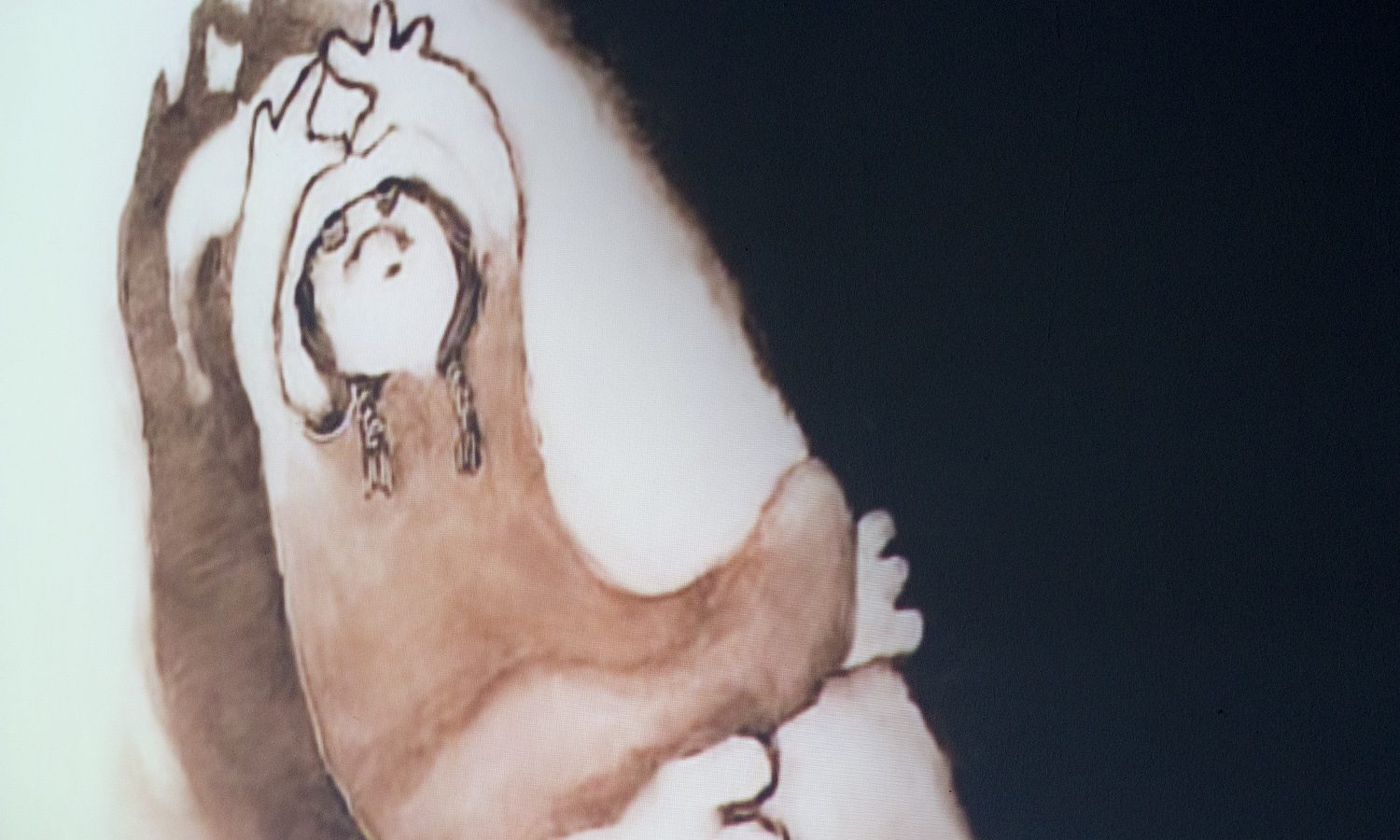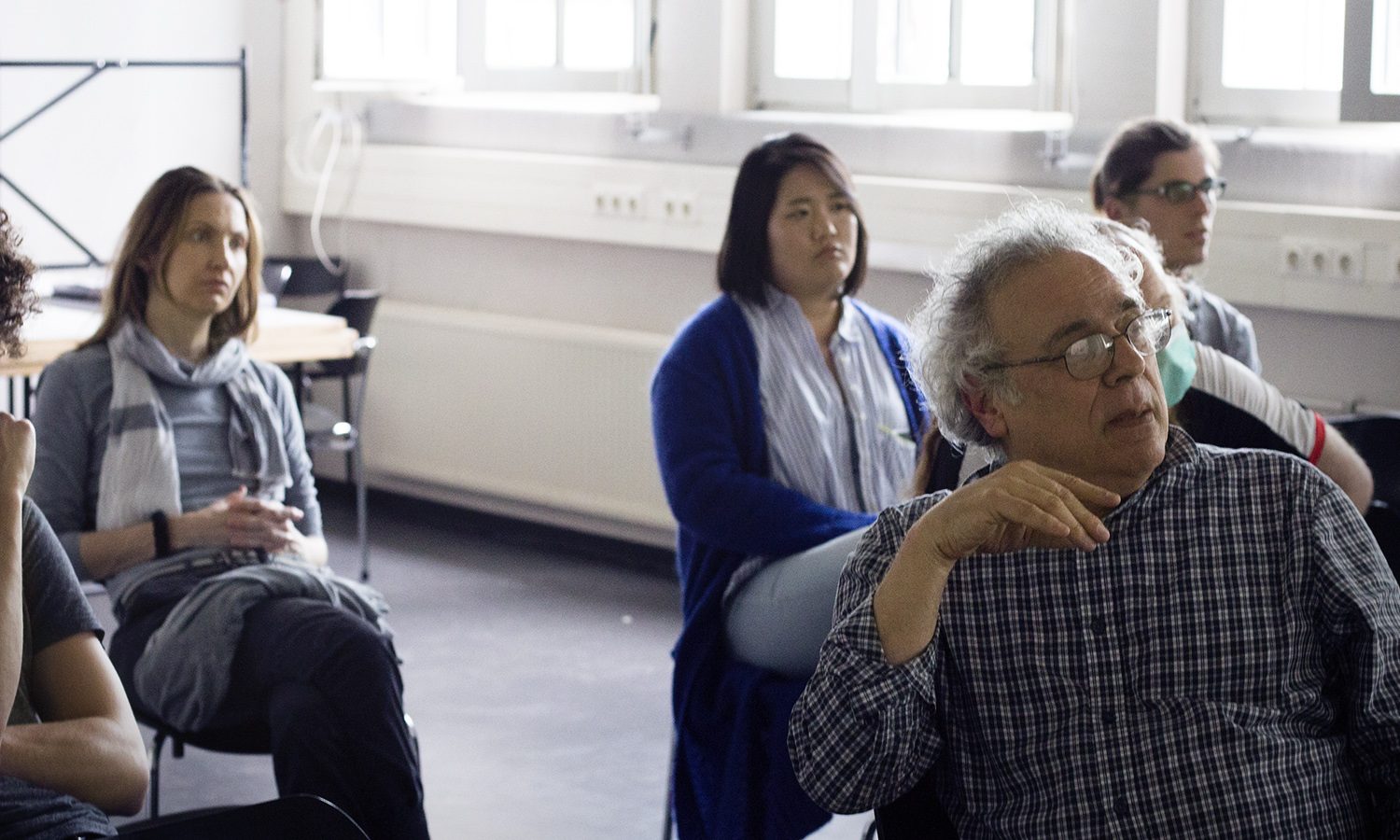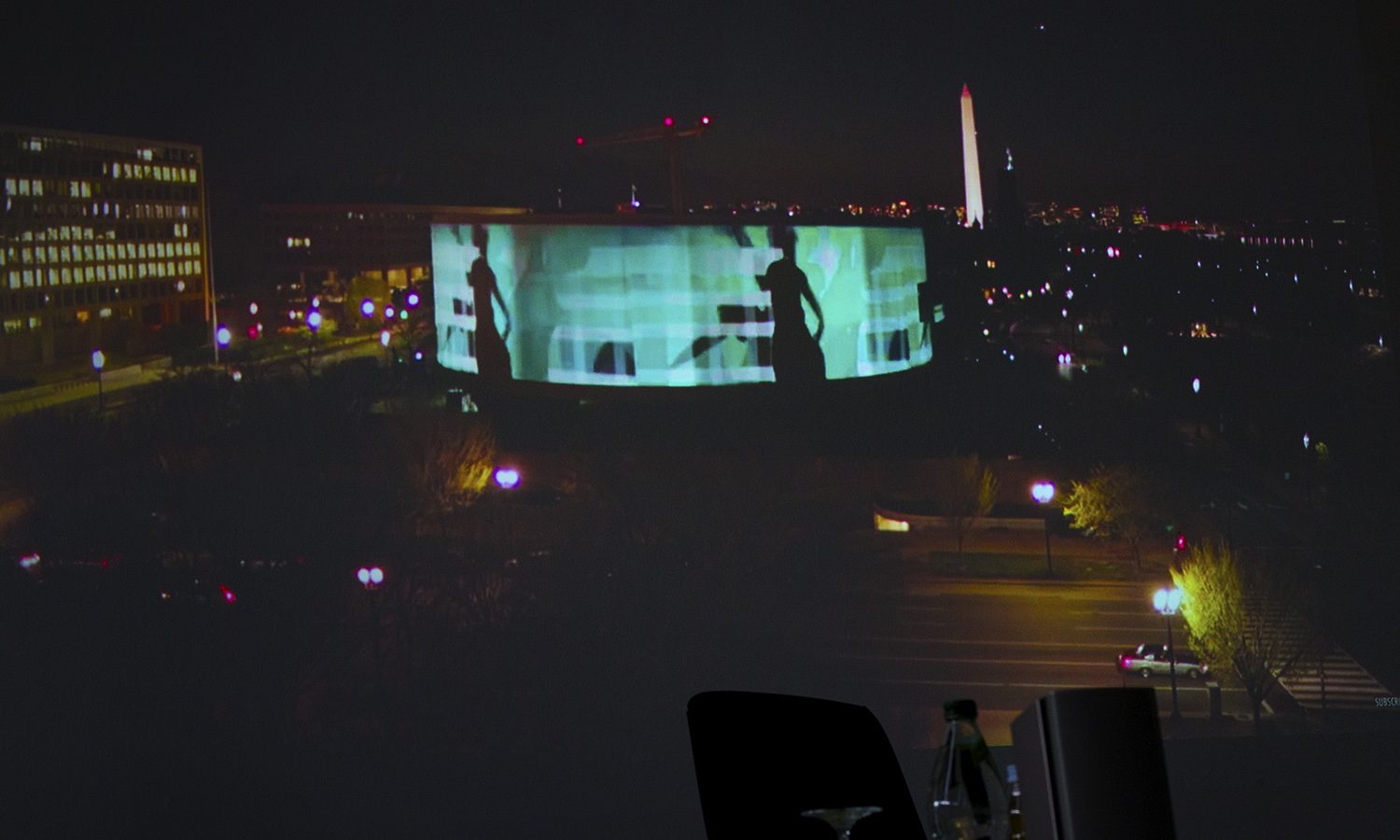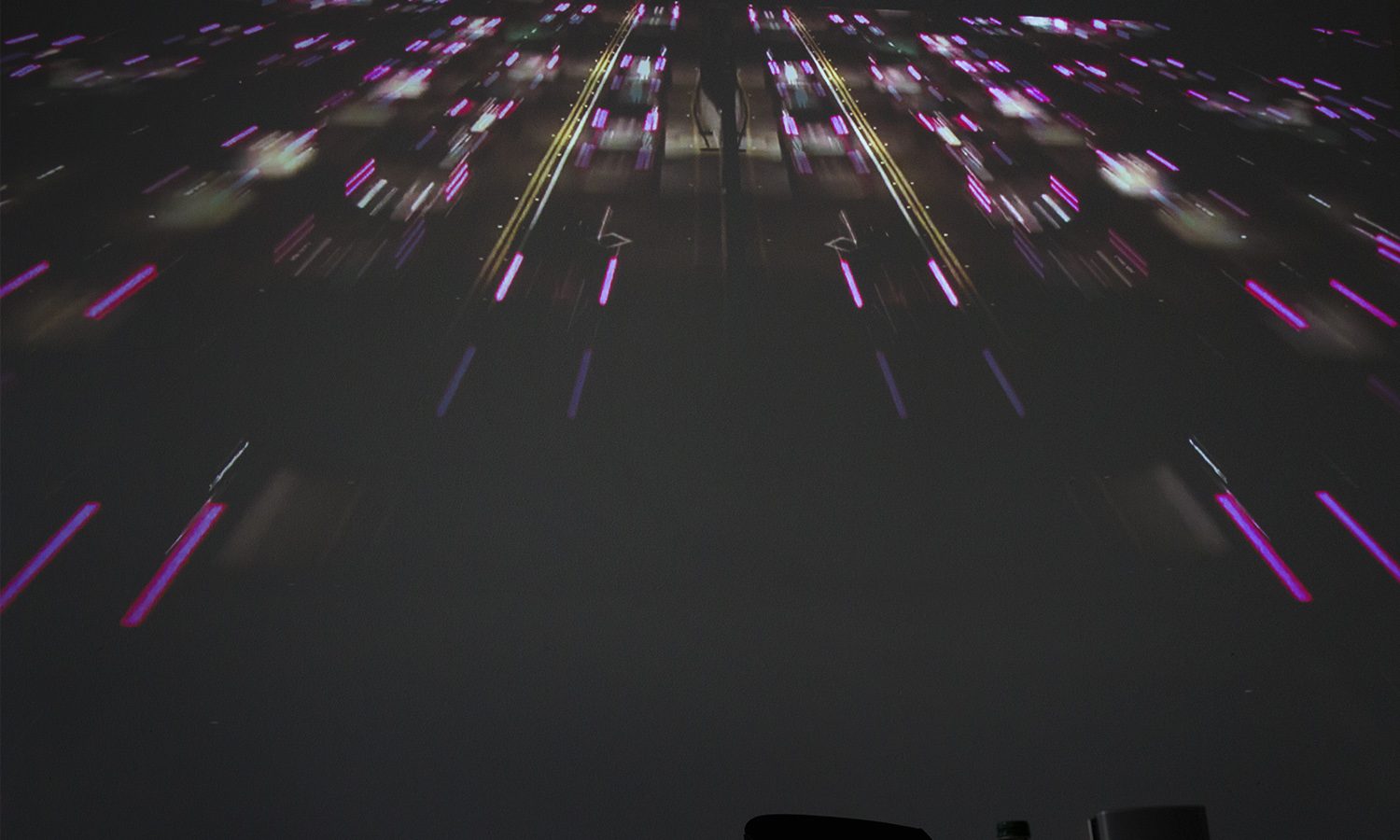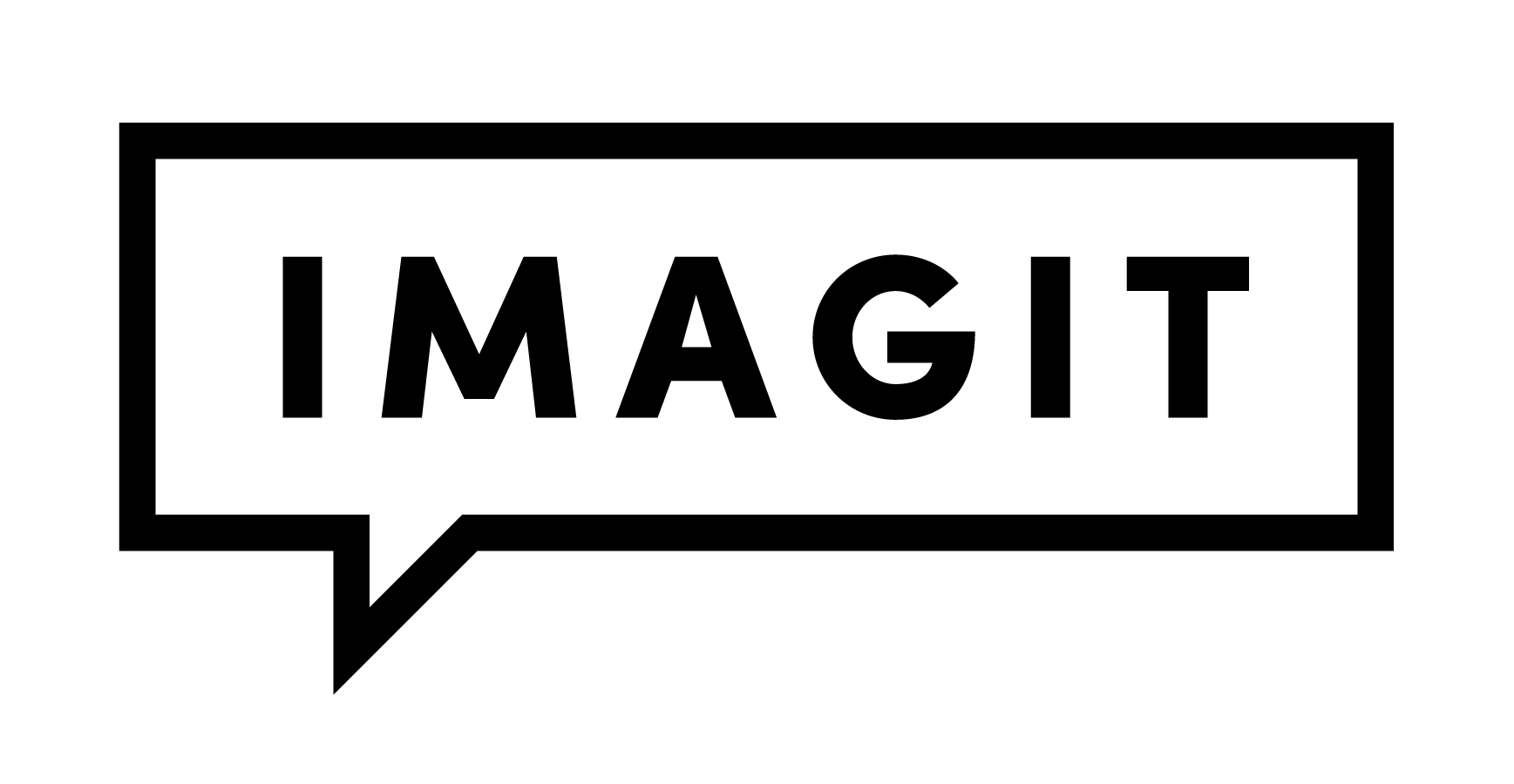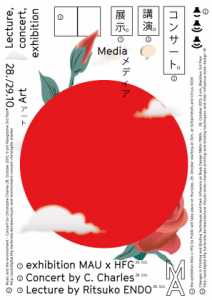Ziel ist es einige Punkte einer Archäologie der Gleichzeitigkeit zur Verfügung zustellen, orientiert an technischer Synchronisation oder Anordnung von sensorischen Kapazitäten. In dem Workshop, welcher dem Vortrag folgt, werden einige Texte besprochen, die mit diesem Thema im Zusammenhang stehen und auch ein näherer Blick auf einige historische und zeitgenössische Materialien geworfen.
Vortrag und Workshop finden am Donnerstag, den 25. 01.2018 um 11:00 Uhr in Entropia (R 323) statt.
Bitte beachtet, dass der Vortrag auf Englisch gehalten wird!
Mehr über Ina Blom:
Sie ist Professorin an der Dept. of Philosophy, Classics, History of Art and Ideas at the University in Oslo und Wigeland Gastprofessor an der University of Chicago. Ihre Buchveröffentlichungen umfasst ” The Autobiography of Video. The Life and Times of a Memory Technology” (2016) und “On The Style Site. Art Sociality and Media Culture” (2007, 2009), sowie auchdie editierten Bände “Memory In Motion. Archives, Technololgy and the Social” (2016) und “Raoul Hausmann et les avant-gardes” (2014). Sie arbeitet auch als Kunstkritiker mitwirkend im Artforum, Tezte zur Kunst, Afterall und Parkett.
_ _ _ _ _ _ _ _ _
English version
In her lecture “Draw a Straight Line. Contemporaneity, Infrastructural Sensibilities and Sensorial alignment.“, Ina Blom will use La Monte Young’s 1960 compotision “Draw a Straight Line and Follow It” (and the various permutations it engendered, across media and contexts) as a point of departure for reviewing a longer history of straight lines in modern art and their relation to wider infrastructural conditions and changes. The aim is to provide some points toward an archeology of a contemporaneity oriented around technical synchronization or alignment of sensorial capacities. In the workshop session that follows the lecture, everyone will discuss a couple of texts related to this topic and also take a closer look at some historical and contemporary materials.
Her lecture and workshop will take place on Thursday, the 25.01.2018 at 11 am in Entropia (Room 323).
Please notice that the talk will be held in English!
More about Ina Blom:
She is professor at the Dept. of Philosophy, Classics, History of Art and Ideas at the University of Oslo and Wigeland Visiting Professor at the University of Chicago. Her book publications include “The Autobiography of Video. The Life and Times of a Memory Technology” (2016) and “On The Style Site. Art Sociality and Media Culture” (2007, 2009), as well as the edited volumes “Memory In Motion. Archives, Technololgy and the Social” (2016), and “Raoul Hausmann et les avant-gardes” (2014). She also works as an art critic, contributing to Artforum, Tezte zur Kunst, Afterall and Parkett.
